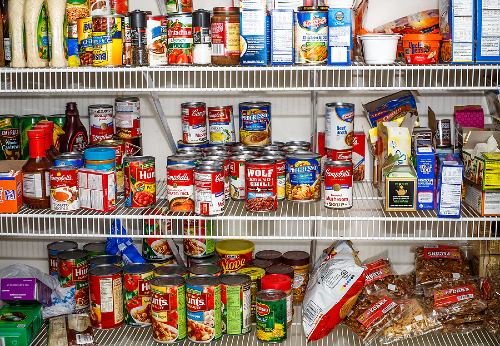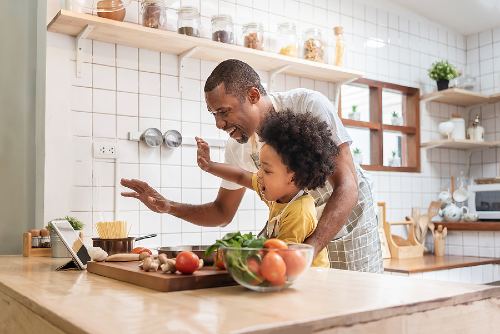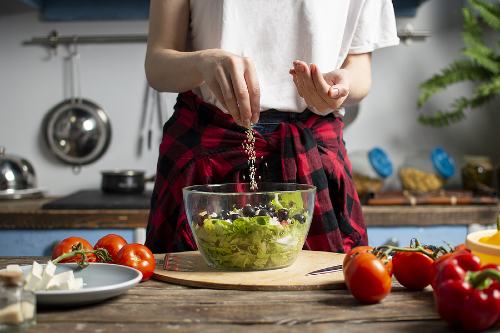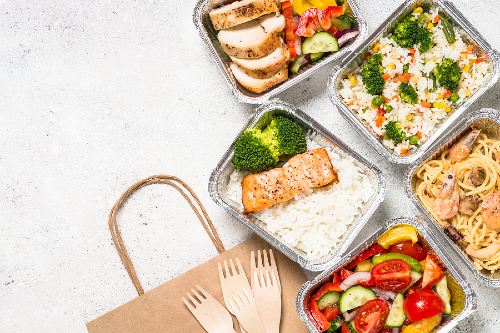Whether you are a first-time cook or a seasoned pro, holiday cooking can be intimidating. This busy time of the year can come with its fair share of stressors– we don’t want cooking to be one of them! Check out the following list of ways you can be prepared to tackle the kitchen when the time comes.
Make a list and check it twice!
The secret to a successful holiday meal isn’t a recipe that has been passed down for generations. It’s planning!
A great place to start the planning process is your pantry. Make a list of the ingredients that you already have on hand and then plan a meal around them. This can be a great way to create a holiday meal on a budget because you will avoid spending any extra money at the grocery store.

Making a schedule can help you prepare for your meal. Even when cooking in smaller batches, time management is important. Make sure you have a plan of action! Ask yourself these questions to get started:
- What equipment will I need?
- What can be made ahead of time?
- What dishes cook the longest?
- Are there any food allergies or food intolerances that I need to take into consideration?
For some other great questions to ask yourself, check out this blog post on Meal Planning Steps for Success.
Safety first!
Before you handle any food, you should start by washing your hands with soap and clean water for a minimum of 20 seconds. To practice extra caution, wipe down all surfaces that you will be using for food preparation.
When prepping ingredients for each dish, make sure that you are practicing safe food handling practices. You should keep raw meat away from fresh produce and other ready-to-eat foods. The best way to do this is to designate a cutting board for each. [1] You might even label the cutting boards to make sure that everyone knows which is which.

Lastly, food is safe to eat when it is cooked to a high enough temperature that can kill any germs or bacteria that could make you sick. Always use a food thermometer to make sure that this temperature has been reached. Here is a quick guide to the correct minimum internal temperatures:
- Poultry, ground or whole: 165°F
- Ground beef, pork, lamb, or veal: 160°F
- Beef, pork, lamb, and veal chops, roasts, and steaks: 145°F
- Fish: 145°F [2]
For more information about the proper ways to use a food thermometer, click here.
Leftovers, anyone?
It can be difficult to know exactly how much food to prepare, and it is normal to find yourself in a sea of leftovers. But what do you do with them?
- Store them properly. Leftovers that contain fruits, vegetables, milk, eggs, and meat should be covered and stored in the refrigerator within 2 hours. Timely storage ensures that they are kept at a safe temperature and reduces the risk of foodborne illness. [2]
- Get creative. Reheating the same food over and over again can get old. Check out this blog for fun and new ways to bring your leftovers back to life!

Don’t feel like cooking? That’s okay!
The holidays can be challenging, and you might not feel up to the task of cooking a meal this year. Ordering takeout or delivery may be a better option for you. However, there are still ways that you can practice safe food handling practices when receiving ready-to-eat food. If you want to know more, click here.

For additional information on safe food handling, sharing, and gathering this holiday season, visit the CDC’s website.
Written by Darci Bell, RDN, LD | Edited by Leslie Davis, RDN, LD, CDCES and the Nutrition Team
References: